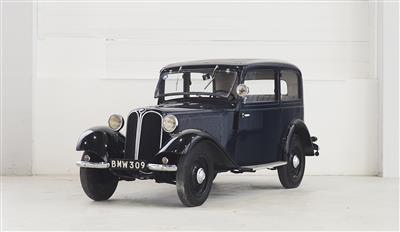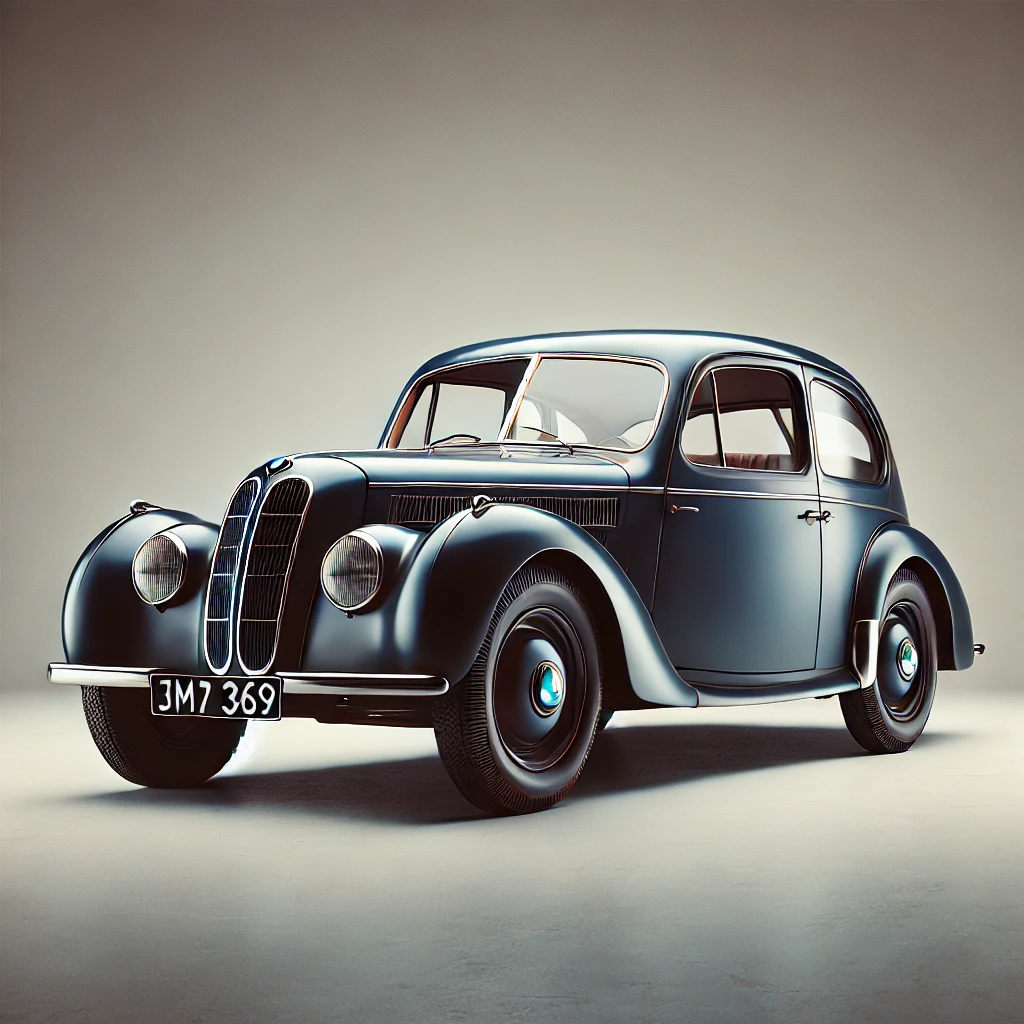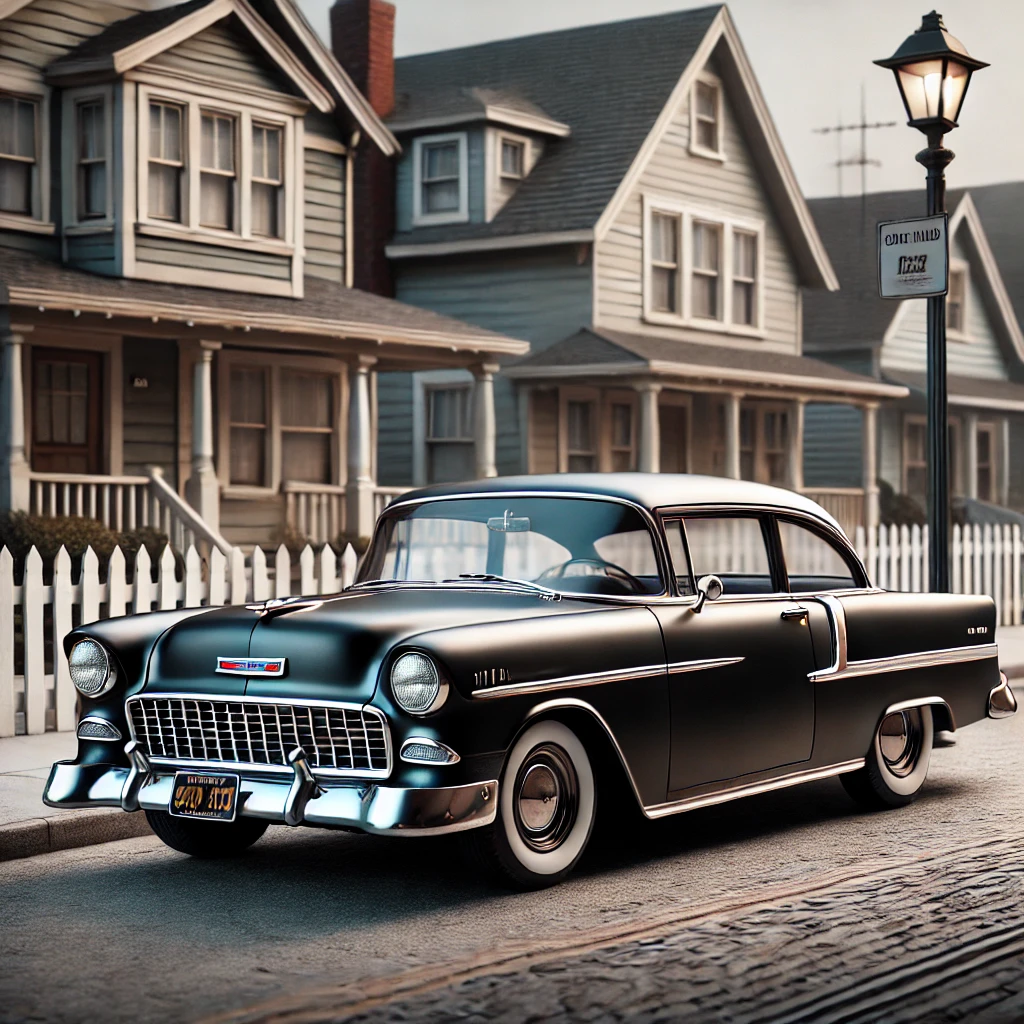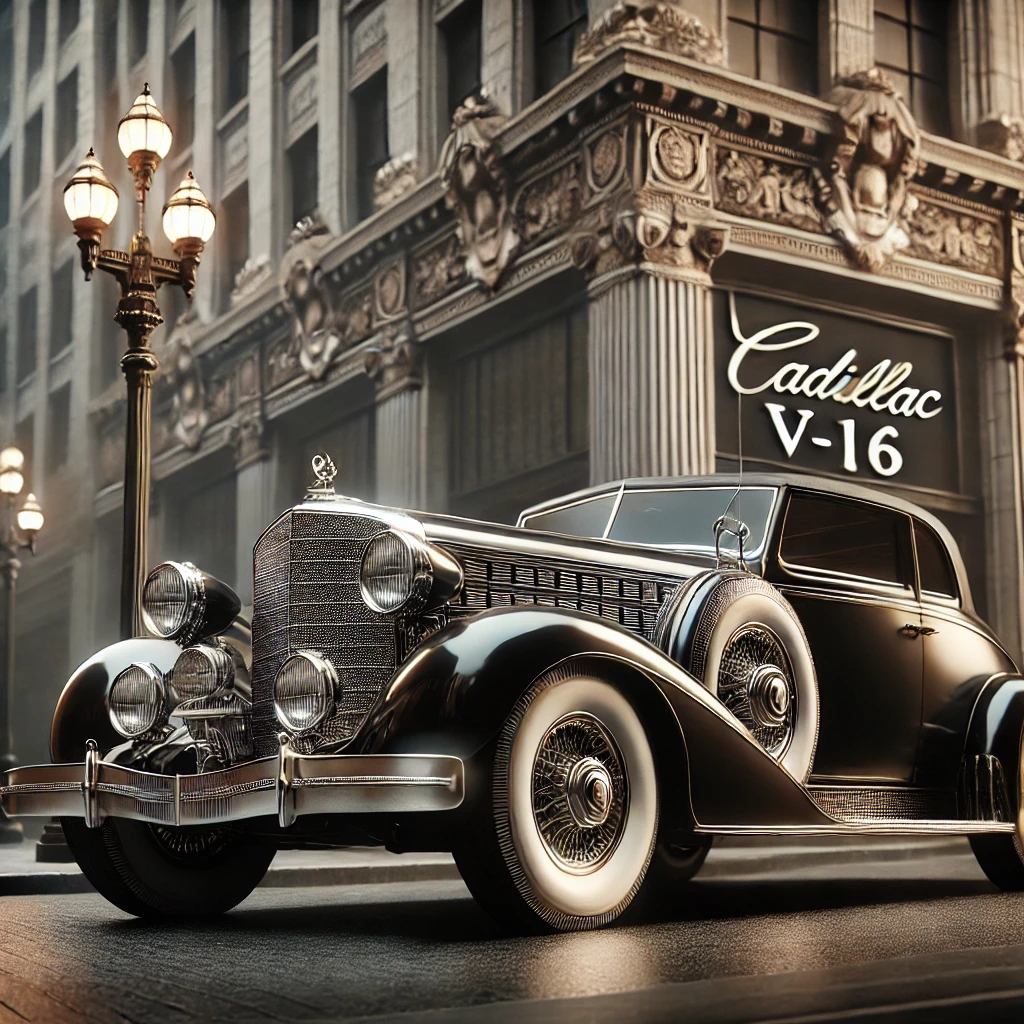Classic Cars
Vintage Cars
BMW 309: BMW’s First Compact Six-Cylinder Car
In the early 1930s, BMW was rapidly gaining a reputation as a rising automobile manufacturer in Germany. The BMW 309, introduced in 1934, was one of the key models designed and developed by BMW during this time. It was BMW’s first compact car with a six-cylinder engine, symbolizing the brand’s evolution in engineering. This model strengthened BMW’s presence in the mid-range car market, allowing it to reach a broader customer base.
Development and Origins of the BMW 309
The BMW 309 was developed as a continuation of the BMW 303, which had been introduced in 1933. The 303 was BMW’s first model to feature a six-cylinder engine and the iconic kidney grille. The 309 was designed as a more compact version of the 303, aimed at customers seeking an economical, city-friendly car. With this model, BMW intended to appeal to mid-range customers while maintaining the brand’s sophisticated image.

Technical Specifications
The technical specifications of the BMW 309 were impressive compared to other compact cars of its time:
- Engine: 845 cc, inline six-cylinder engine
- Power: 22 horsepower
- Transmission: 4-speed manual
- Top Speed: Approximately 90 km/h (56 mph)
- Weight: 750 kg (1,653 lbs)
The BMW 309 combined performance and compactness, offering BMW’s six-cylinder engine in a smaller body. Its 845 cc engine provided higher power than many four-cylinder cars of the era, making the 309 a competitive option in its segment. The chassis design was lighter and more durable than previous models, enhancing both agility and safety.
Design and Aesthetics
The BMW 309 featured BMW’s signature twin kidney grille and aerodynamic lines. The design was simple yet elegant, with rounded headlights, the classic kidney grille, and clean side lines. The BMW 309 was available as a two-door sedan or cabriolet, offering a sporty look compared to other cars of the time. This model successfully combined BMW’s aesthetic approach with a compact form that appealed to those seeking luxury and sophistication in a small package.

Innovations and Firsts
The BMW 309 was notable for being BMW’s first compact car with a six-cylinder engine. This engine offered improved performance over previous four-cylinder engines and was a milestone in BMW’s engine technology. Additionally, the BMW 309 was equipped with a lighter chassis and an advanced suspension system, enhancing driving comfort and setting it apart in its class.
Market Performance and Success
The BMW 309 was well-received in Germany and Europe, gaining significant attention from a wide customer base. Targeting the mid-range car segment, the model boosted BMW’s sales and strengthened the brand’s financial position. The comfort, performance, and stylish design of the BMW 309 met the expectations of car buyers at the time, reinforcing BMW’s reputation as a reliable brand.
Legacy of the BMW 309
As BMW’s first model to combine luxury and performance in the compact segment, the BMW 309 holds an important place in the brand’s history. This model laid the foundation for BMW’s future compact yet powerful cars and demonstrated the benefits of using six-cylinder engines. The BMW 309 is also regarded as a significant step in the brand’s development of engineering skills and design philosophy.
Conclusion
The BMW 309 represents one of BMW’s earliest successful attempts to combine performance and luxury in a compact, economical model. It reflects BMW’s efforts in the 1930s to appeal to mid-range customers while showcasing the brand’s innovative and progressive approach. Today, the BMW 309 is remembered as a classic that embodies the origins of BMW’s compact models and the early days of the brand’s engineering prowess.











Leave a Reply